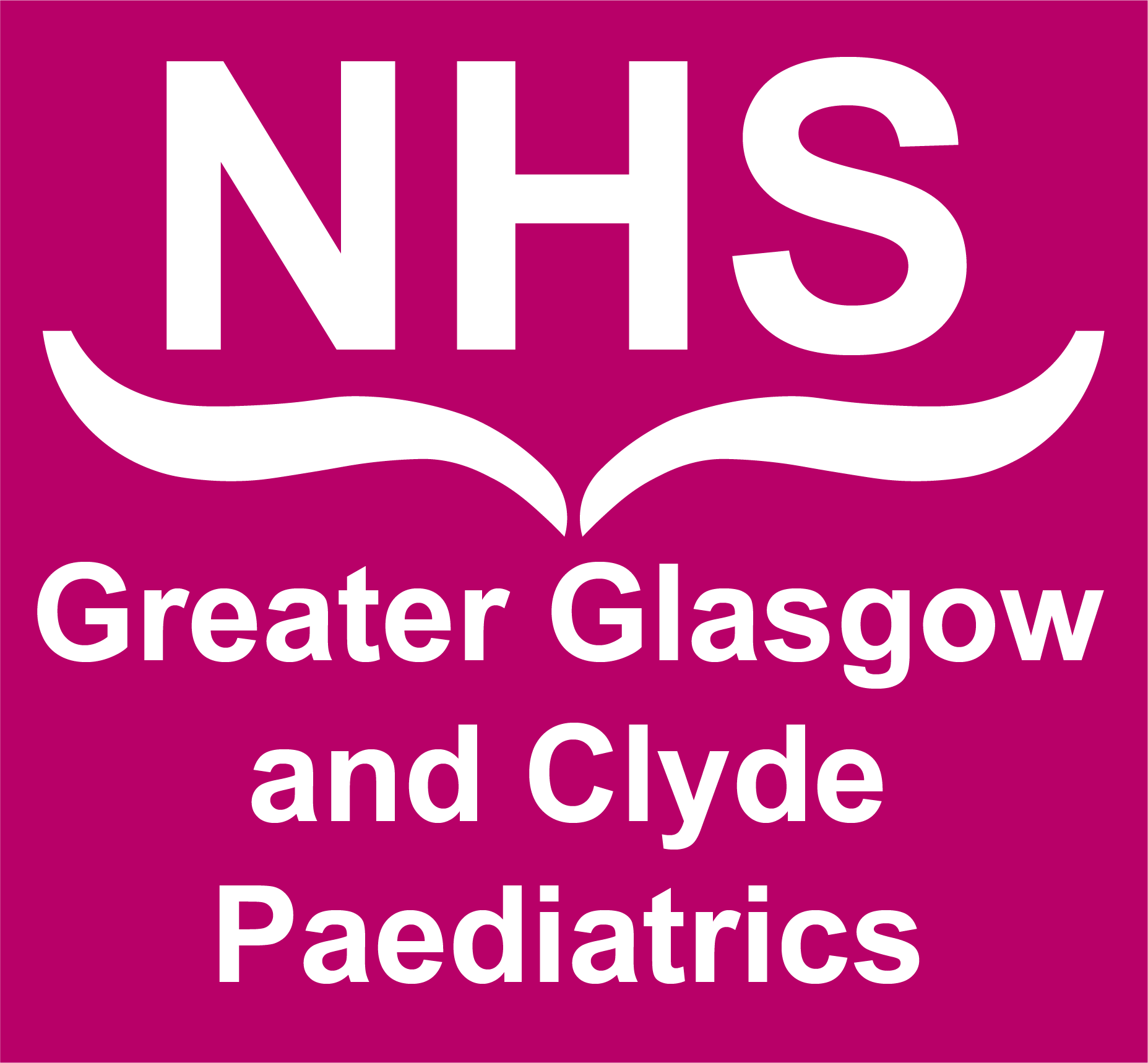a) Ensure that a 12 lead ECG has been obtained prior to removal and that patient is in sinus rhythm and no longer requires temporary pacing wires. Pacing wires should not be removed within 24 hours of disconnecting the pacemaker unless there is a significant contraindication such as entry site infection, or sepsis potentially related to retaining wires.
b) Pacing wires can be removed from day 1 post op
c) Review the most recent full blood count and coagulation profile. The platelet count should be above 50.
d) If patient is on warfarin, INR should be < 2 prior to removal.
e) Obtain baseline observations and monitor patient on cardiac monitor during wire removal.
f) Pacing wires should be removed one at a time by the application of firm, steady traction.
g) If the pacing wires do not remove easily, then a cardiac surgeon should be informed.
h) Repeat observations immediately after wire removal, then 1 and 2 hourly post removal. Clinical symptoms of cardiac tamponade in children include : onset of pallor, tachycardia and tachypnea. Compensatory mechanisms in the paediatric patient will maintain the blood pressure initially. Tachycardia with cool and mottled extremeties will be apparent. Hypotension is a late sign, it is not until blood loss reaches 30ml/kg, almost half the total blood volume, that blood pressure will fall.
i) Patient must remain on a cardiac monitor and bed rest for 1 hour post wire removal
j) Routine echo is NOT required following wire removal
k) Children should not be discharged until at least 6 hours following wire removal and should have a set of observations within normal limits prior to discharge home.


